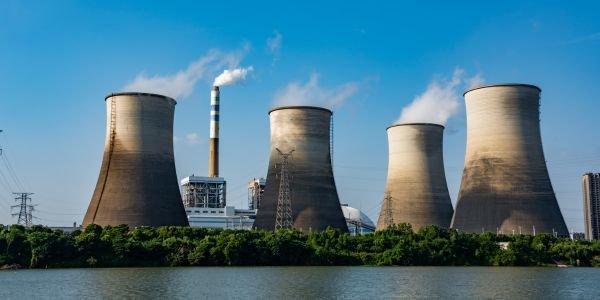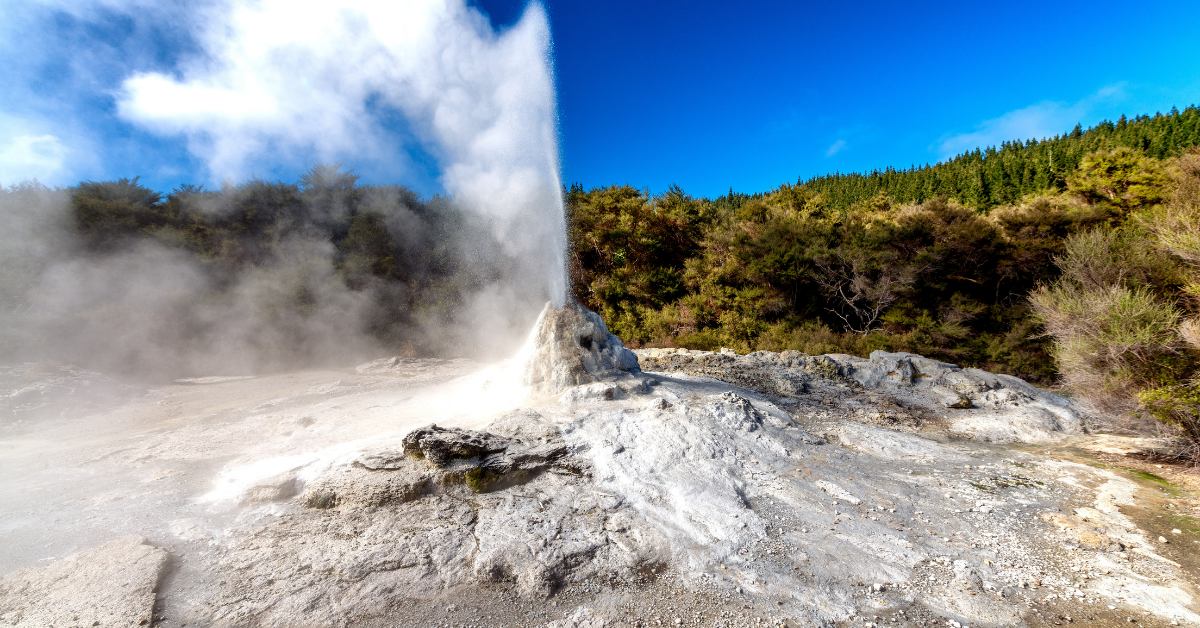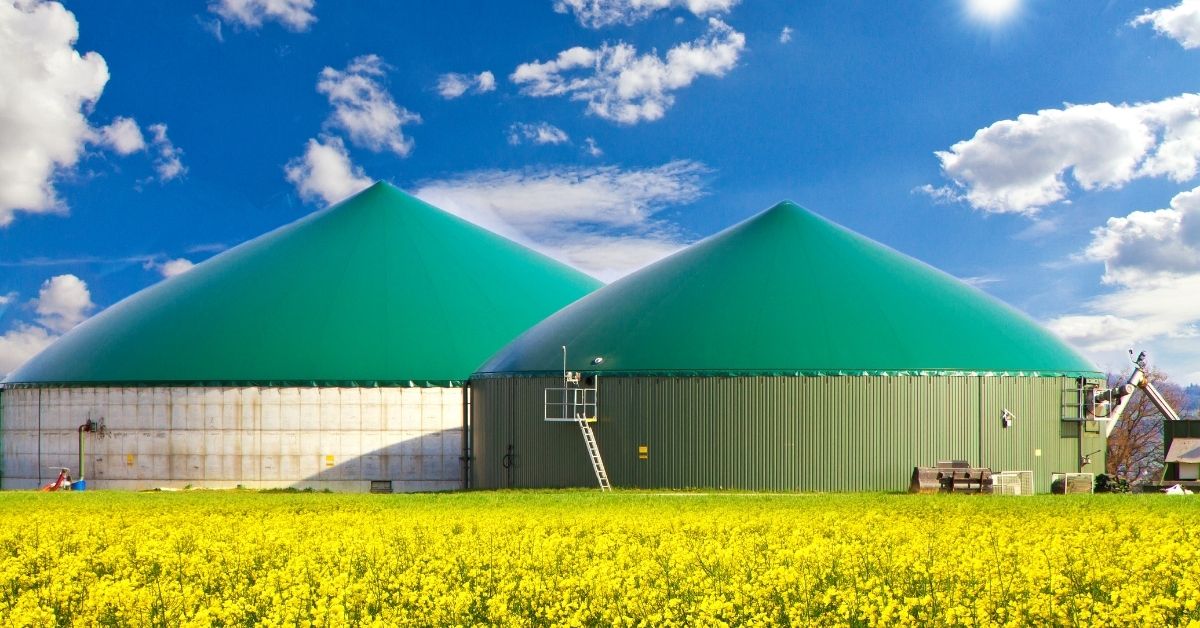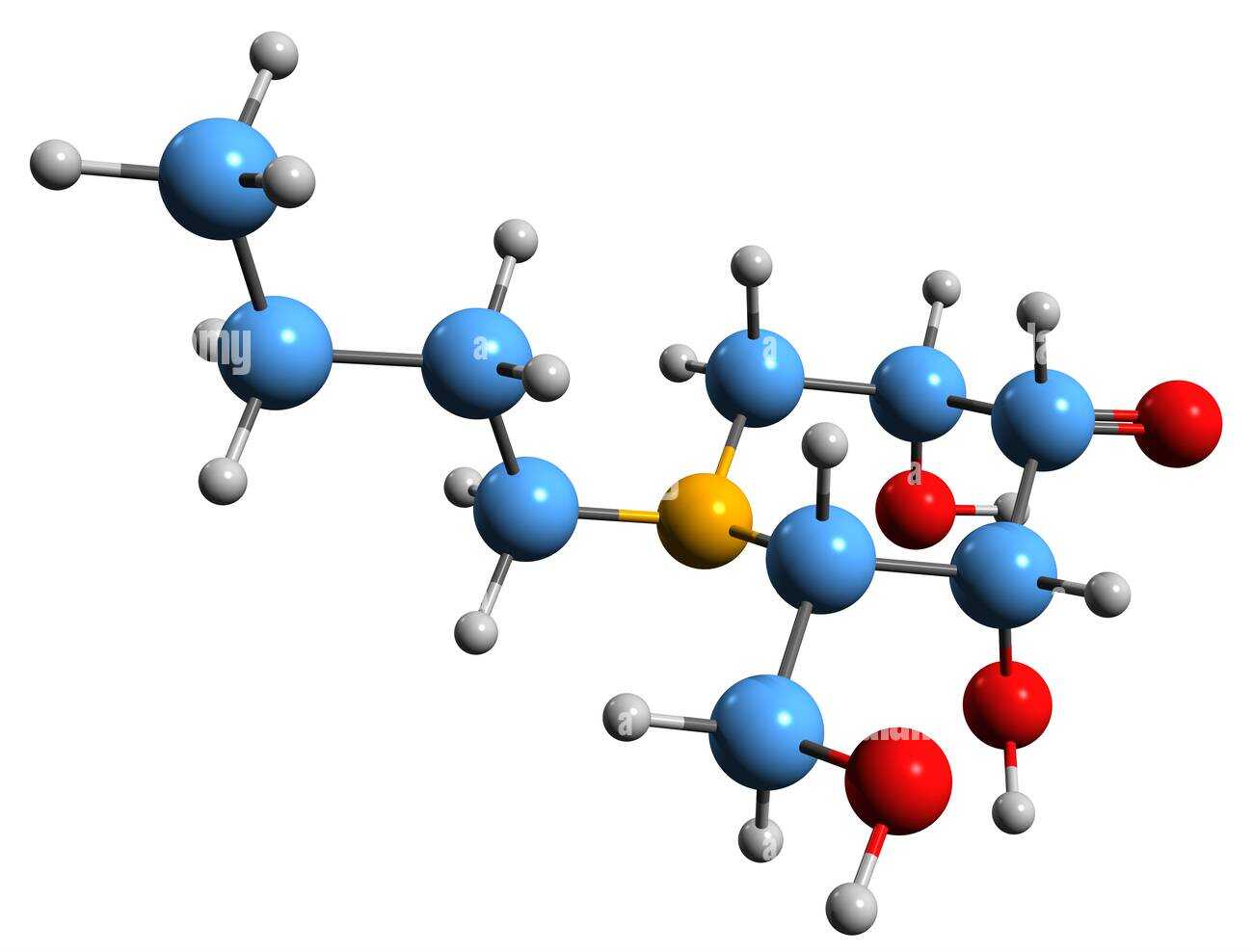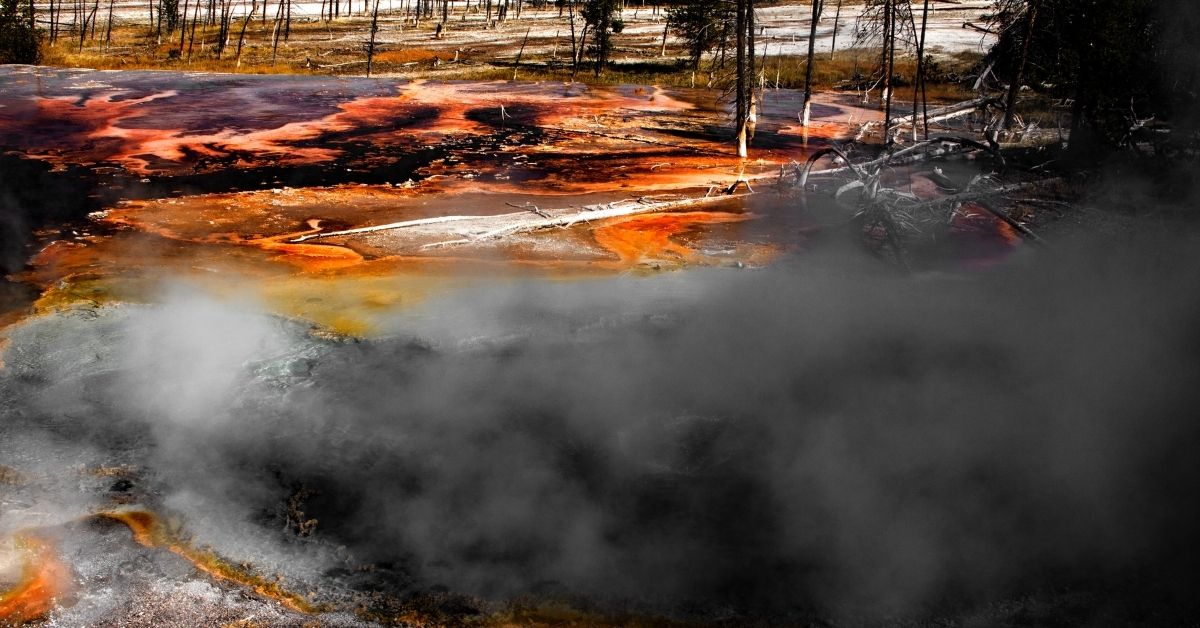Table of Contents
Introduction
Hydroelectric power plants are essential components of renewable energy systems, harnessing the power of flowing water to generate electricity. The success and efficiency of these plants heavily rely on the site selection process. The right location can significantly impact the plant’s output, cost-effectiveness, environmental impact, and overall sustainability.
1. Resource Assessment
The first step in site selection is to conduct a thorough resource assessment. This involves evaluating the hydrological features of the potential sites, such as rivers, streams, and water bodies. The key factors to consider are:
1.1 Water Availability
The primary resource for hydroelectric power generation is water. The site must have a reliable and continuous flow of water to ensure constant power production. An analysis of historical water flow data is vital to determine the average water availability throughout the year.
1.2 Catchment Area
The size and characteristics of the catchment area, which collects and channels water to the potential plant site, should also be examined. A larger catchment area generally indicates a more stable water supply.
1.3 Rainfall Patterns
Understanding the rainfall patterns in the region is essential to estimate water inflow into the reservoir. Consistent and ample rainfall is crucial for the sustainability of the hydroelectric plant.
1.4 Water Quality
The quality of water should also be assessed, as the presence of pollutants, sediment, or excessive minerals can impact the efficiency and longevity of the plant.
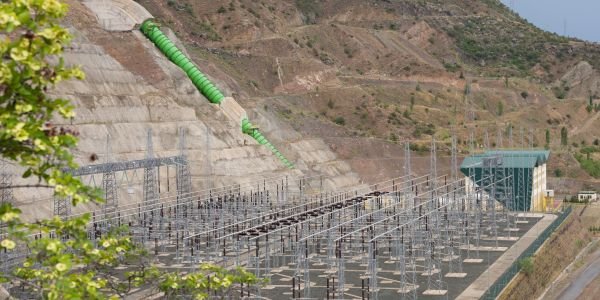
2. Topography and Geology
The topography and geological conditions of the site play a vital role in determining the feasibility of a hydroelectric power plant. Key considerations include:
2.1 Elevation and Head
The elevation difference between the water source and the power plant (head) determines the potential energy available for conversion into electricity. Higher head results in greater energy production, but the cost of construction may also increase.
2.2 Reservoir Capacity
The topography should allow for the construction of a reservoir with sufficient storage capacity to regulate water flow and manage electricity generation during periods of low water availability.
2.3 Geological Stability
The site must be geologically stable to ensure the safety and longevity of the infrastructure. Geological surveys should identify the presence of faults, landslides, or other potential hazards that could impact the plant’s integrity.
3. Environmental Impact
Hydroelectric power plants can have significant environmental impacts, and site selection should aim to minimize adverse effects on the ecosystem and surrounding communities. Considerations include:
3.1 Ecological Impact
The chosen site should have minimal impact on wildlife habitats and migration routes. Studies must be conducted to identify endangered species or sensitive ecosystems that might be affected.
3.2 Social Considerations
Engaging with local communities and understanding their needs and concerns is vital in the site selection process. Projects that respect and integrate local interests tend to have smoother implementation and support.
3.3 Water Flow Alterations
The hydrological changes resulting from constructing the plant and reservoir should be carefully analyzed to mitigate potential downstream impacts on water quality, sediment transport, and aquatic life.
3.4 Land Use
The site selection process should consider the existing land use and the potential need for land acquisition and resettlement of affected communities.
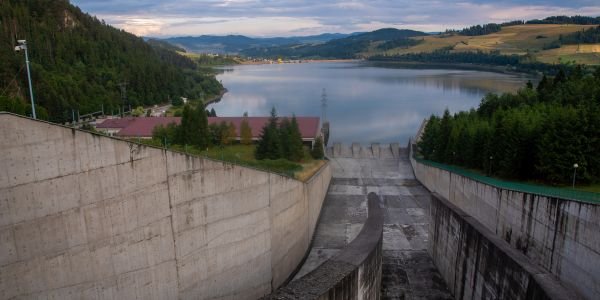
4. Accessibility and Infrastructure
The accessibility of the site is crucial for the construction, operation, and maintenance of the hydroelectric power plant. Factors to consider include:
4.1 Transportation
The site should be accessible by road, rail, or waterways to facilitate the transportation of construction materials and equipment.
4.2 Grid Connectivity
The site should be located close to the existing power transmission infrastructure to facilitate the integration of the generated electricity into the national grid.
4.3 Water Discharge
Provisions for controlled water discharge and flood management must be incorporated into the design to avoid downstream flooding during extreme weather events.
5. Economic Viability
Finally, the economic feasibility of the hydroelectric power plant is a crucial aspect of site selection. Key financial considerations include:
5.1 Construction Costs
The costs of construction, including civil works, turbines, generators, and other equipment, must be carefully assessed.
5.2 Energy Output and Revenue
The potential energy output of the plant and the expected revenue from electricity sales should be estimated to gauge the economic viability of the project.
5.3 Return on Investment (ROI)
Calculating the ROI helps determine the time it takes for the project to recover its initial investment and become profitable.
Summary
The site selection process for hydroelectric power plants is a complex and multidimensional task that involves considering various factors such as water availability, topography, environmental impact, accessibility, and economic viability.
A thorough evaluation of these factors ensures the success and sustainability of the plant while minimizing adverse effects on the environment and local communities. By selecting an optimal site, stakeholders can establish a reliable and efficient renewable energy source, contributing to a greener and more sustainable future.
Also, read Site Selection for nuclear power plant











